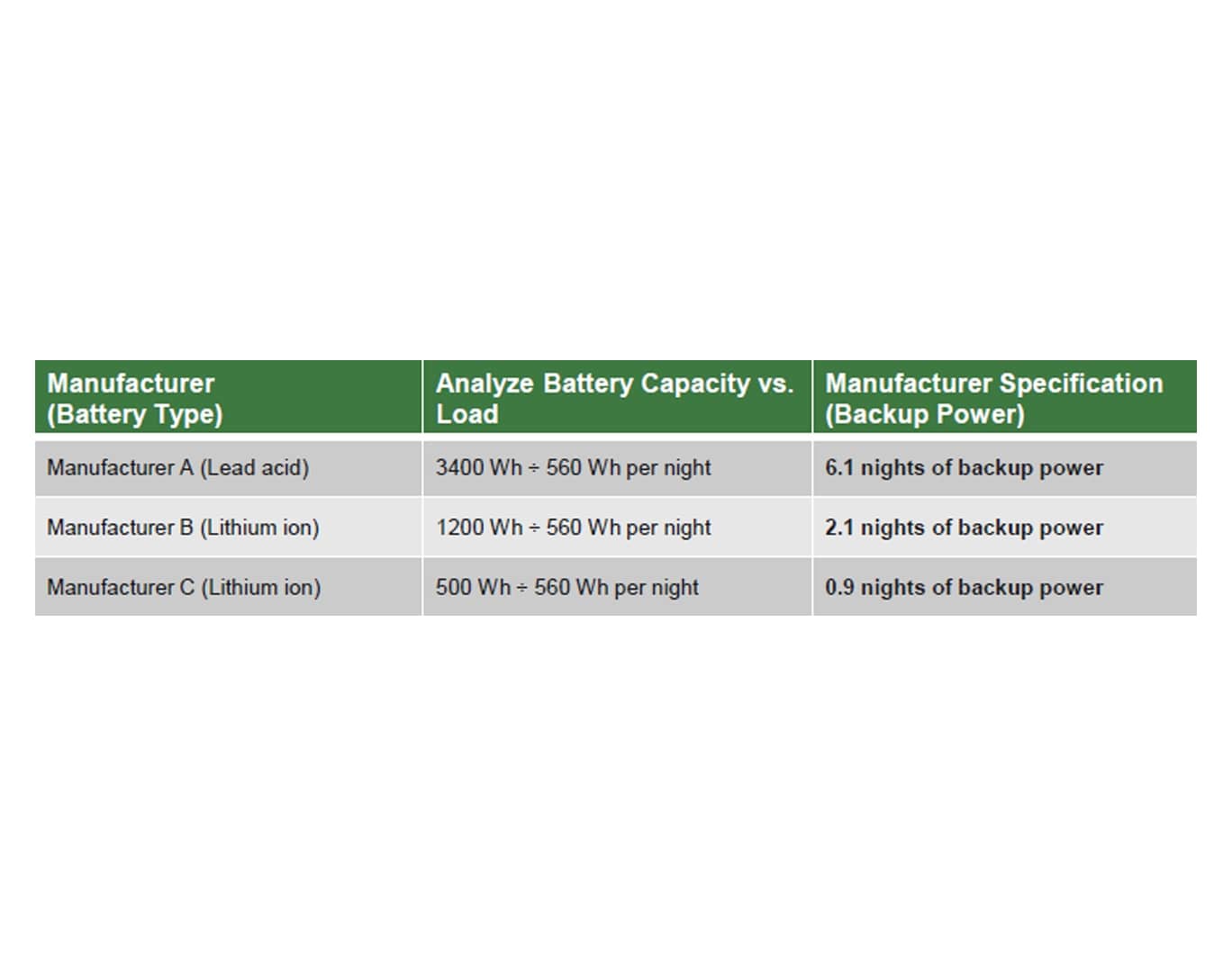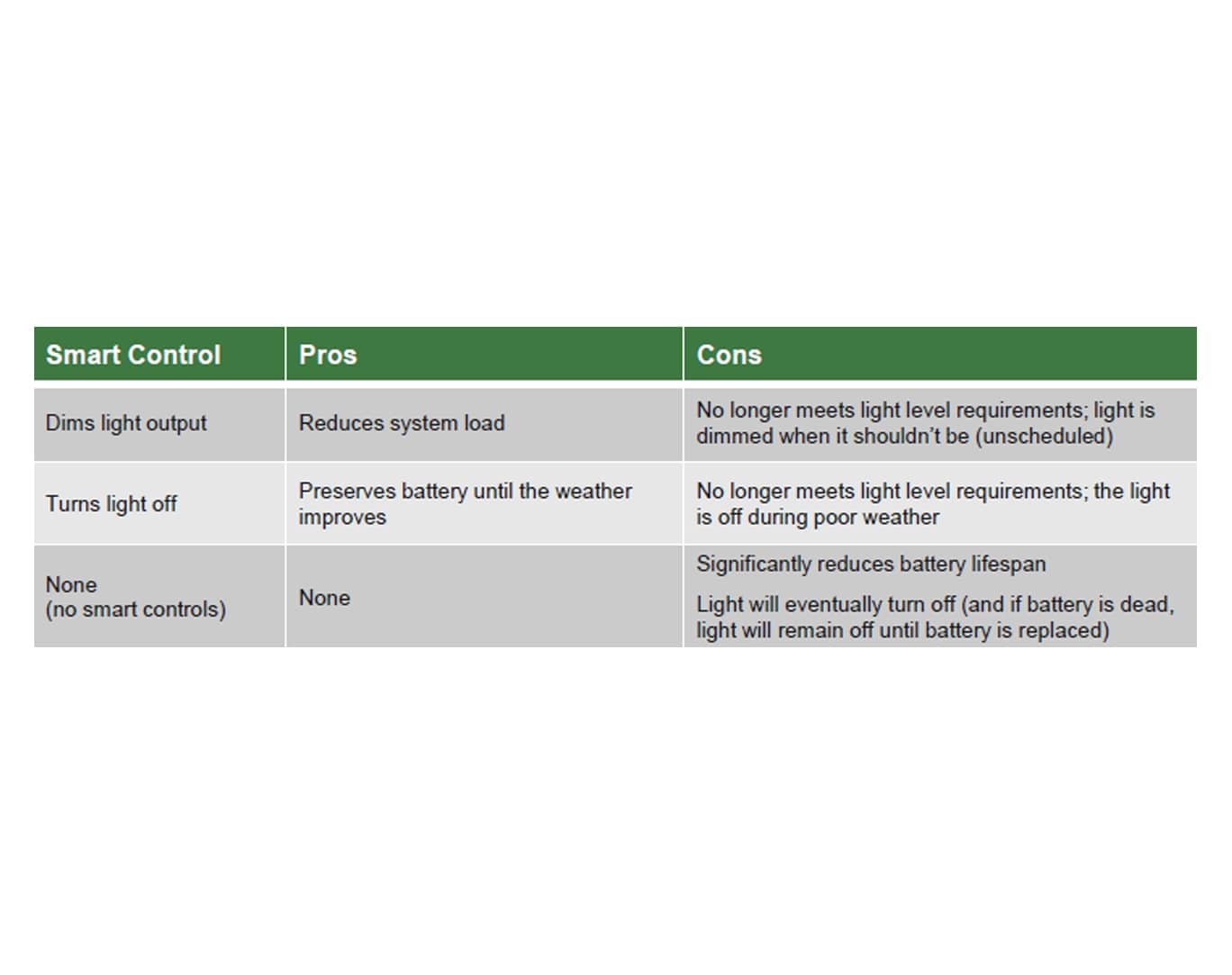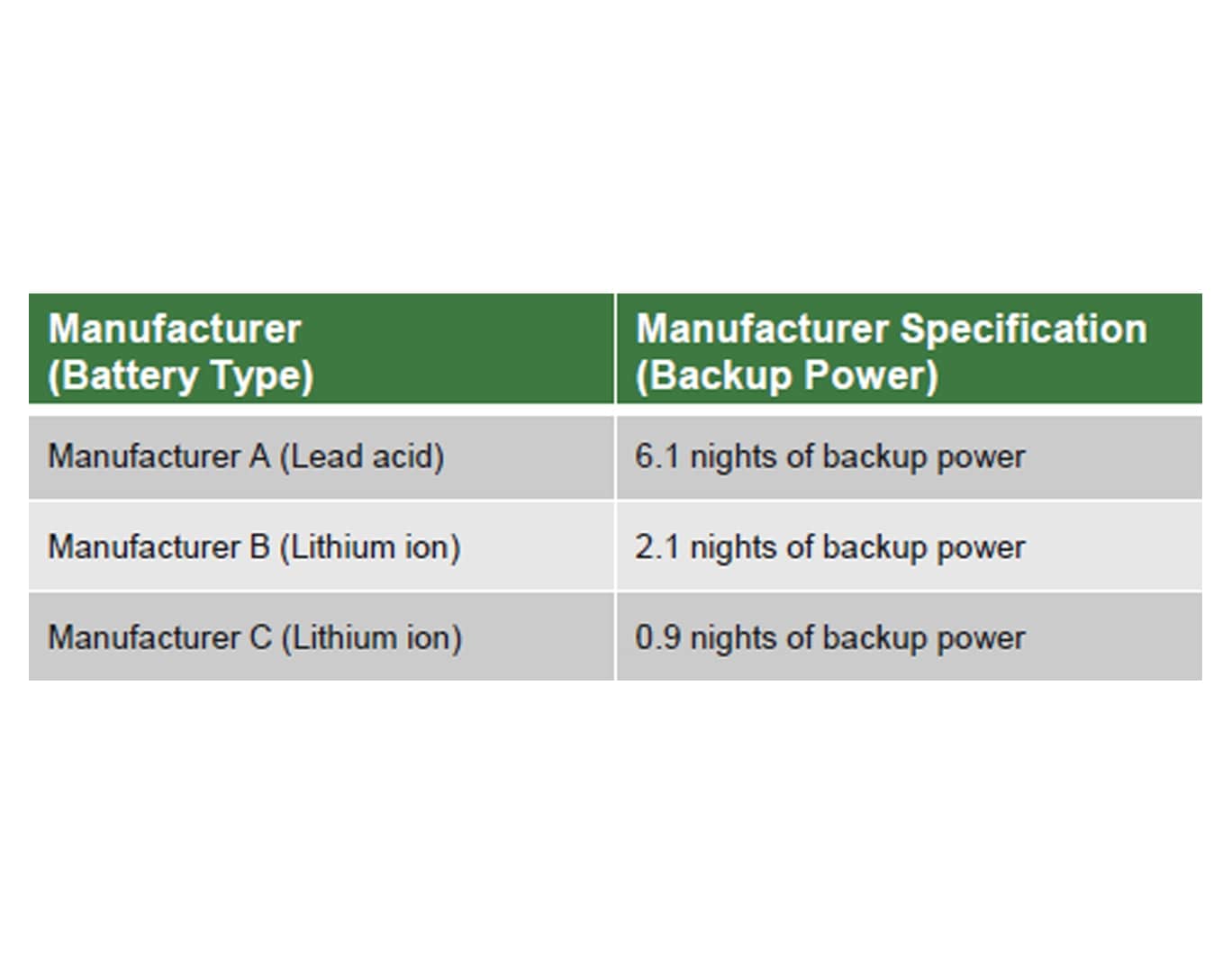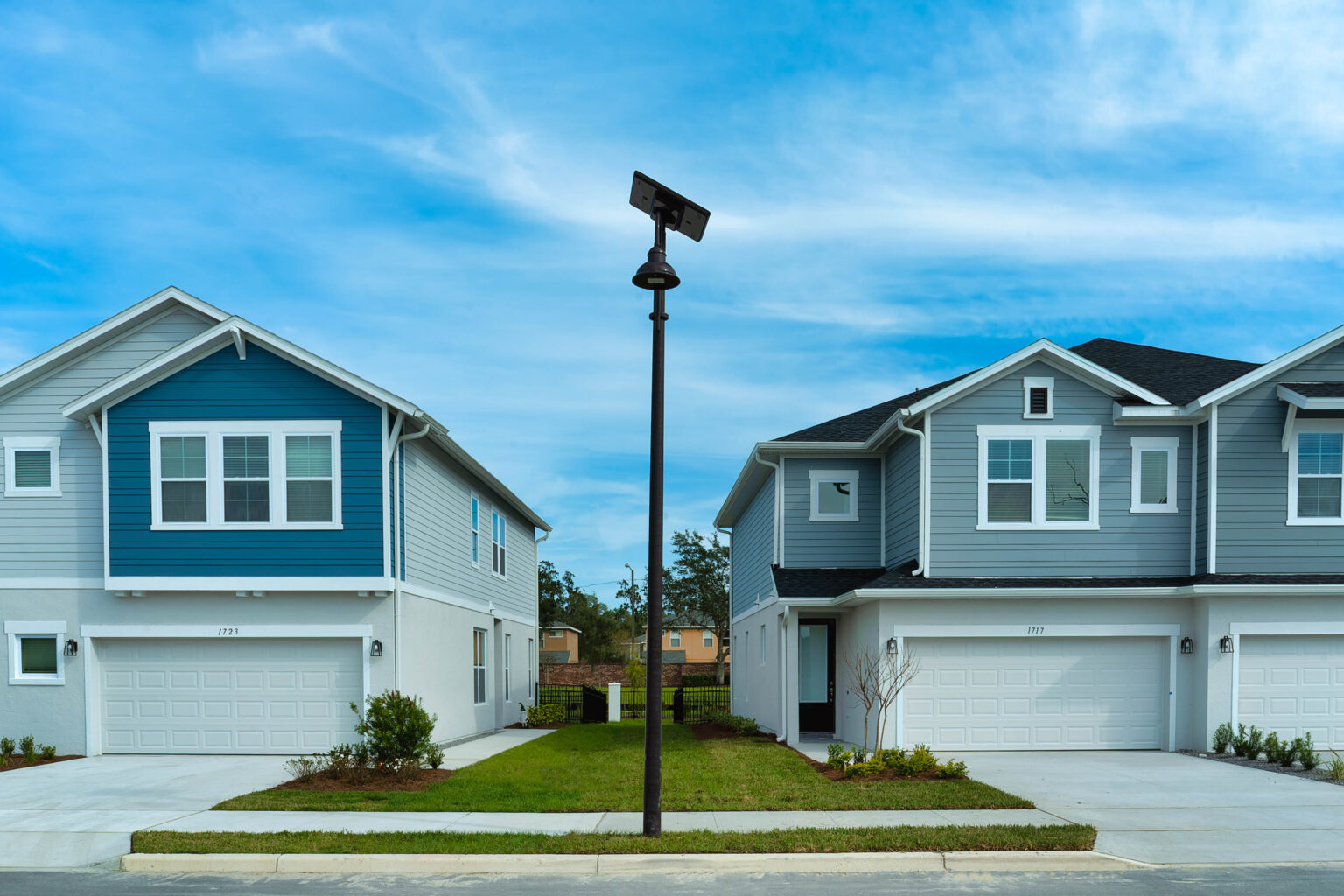Educational February 2020
One of the biggest perks of solar lighting is that it is self-contained, meaning it doesn’t rely on the grid for power, and it doesn’t require trenching to install. But this perk is only a perk if you understand how solar lighting works, and build your systems to take full advantage of it.
Because solar lights aren’t connected to an external power source, it’s essential that each system be configured to have enough solar collection and storage capacity to ensure it can sustain the lighting levels your project requires. A good manufacturer will do this calculation based on the shortest day of the year—that way your system will work as intended throughout the year. However, even taking into account those short days in winter, a few consecutive days of unexpected weather (like snow in Arizona!) can throw off the system’s balance, forcing the light to shut off, and even shorten its lifespan.
Fortunately, there are things solar lighting manufacturers can do to fend off these potential issues—namely, building enough backup power into their systems. In this this article—part four in our five-part series—we’ll explore backup power in detail, help you understand and compare manufacturer’s specs, and provide a simple calculation to find out how much backup power you’ll need for your project.
Want to dig deeper? Check out our Ultimate Solar Lighting Guide, which covers how solar lighting works, why clients choose solar, and gets into the finer points of product specifications and comparisons.

In our last article, we looked at the minimum amount of battery capacity a system should have. Now, let’s look at what a manufacturer’s specification package should include about the backup power their solar lighting system provides.
Using the battery capacity examples from part three, here is the minimum amount of backup power available when the batteries are discharged properly.
Manufacturers A and B’s batteries are sustainable; Manufacturer C’s battery can’t make it through a single night without depleting its battery, so is unsustainable. A system’s backup power should always be greater than 1.0.

In the example above, it appears Manufacturers A and B can meet the minimum battery capacity requirement for their battery type (backup power is greater than 1.0). However, up until now, we have been calculating based on the average solar insolation for the worst month of the year and your project’s load requirement, which is to say, we haven’t taken weather into account.
What happens when your project location experiences unusually poor weather in December and receives far less solar insolation than the average? In poor, cloudy weather, the system still generates power, but the amount of power will be reduced. The light may turn off when it’s needed, and the system’s lifespan could be reduced.
This is why you may want more backup power. Without enough backup power built into the system, a manufacturer is forced to choose to use one of the options outlined below.

If meeting and sustaining light levels every night is important for your project, then these options may not be sufficient, and you may need the manufacturer to provide more built-in backup power. This is where project location and weather conditions affect system sizing.
Say your project in Los Angeles could reasonably expect three consecutive days of unusually poor weather in December. To account for this, the manufacturer’s specification should have at least three days of backup power available.
Let’s revisit our backup power chart from above:
Only Manufacturer A with a lead acid battery has enough built-in backup power for your client without any system adjustments. Manufacturers B and C can increase their backup power by doing the following:

If your project requires more backup power, and the battery capacity needs to be increased, the battery type used by Manufacturers B and C will cost significantly more than it will for Manufacturer A. When it comes to backup power, you may pay more depending on the type of battery used by your manufacturer.
In summary, Manufacturer A’s system has enough backup power for the project’s requested backup power. Manufacturers B and C will need to add more battery capacity (which will increase the system cost), or you’ll have to accept reduced light levels or a different operating profile.
Now that you have a good grasp of battery backup power, you can consider:>
Now that we’ve explored solar sizing, battery capacity, and backup power in detail, it’s time to zoom out and look at the big picture. Don’t miss our final installment of the series, where we’ll be discussing one of the biggest mistakes buyers can make in evaluating solar lighting systems: considering the individual system cost instead of the total project cost. Check back soon!
Articles in this series:
